Because nature can be bizarrely spectacular, take an intriguing look at five wonderful plants and flowers found around the world.
Nature’s Most Peculiar Plants: Rafflesia Arnoldii (Corpse Flower)
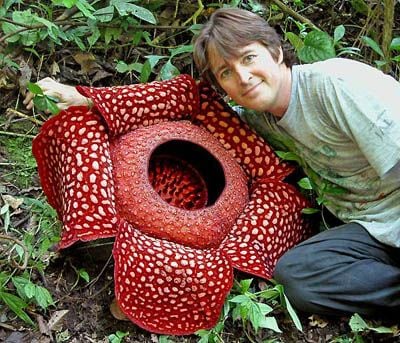
The Rafflesia arnoldii, found in Southeast Asia, is known by the name “corpse flower” due to the smell of rotting flesh which it gives off. The plant is rootless, leafless, parasitic, and has the largest known flower in the world – it can grow to be approximately 3 feet across. The bloom only lasts a few days before dying off, but its foul scent and large, mottled, red petals make it an unmistakable bloom.
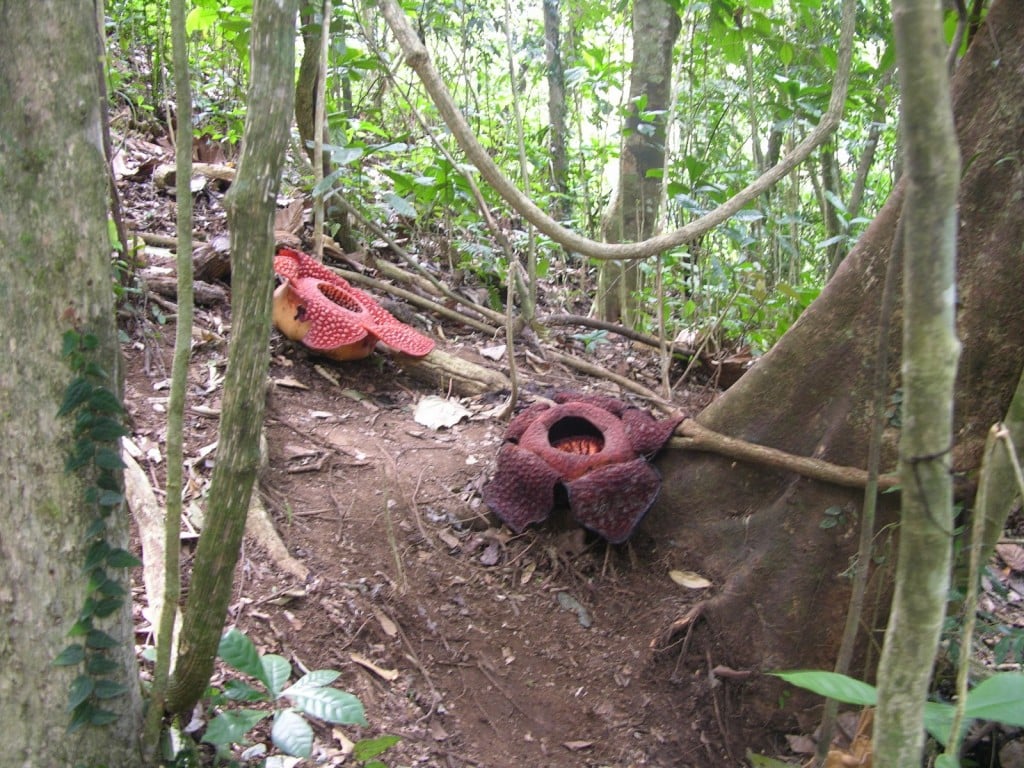
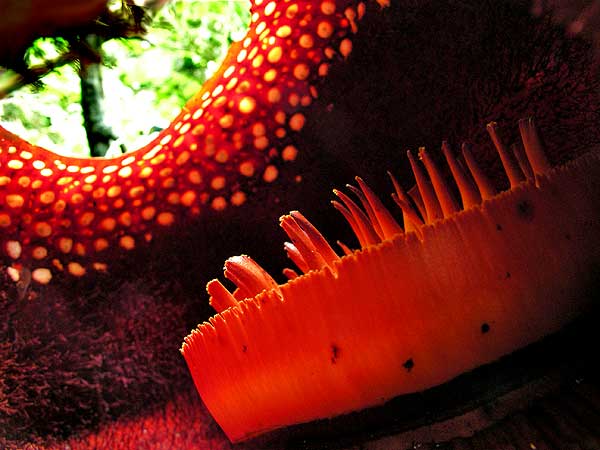
Source: Parasitic Plants
Peculiar Plants: Amorphophallus titanum (titan arum)
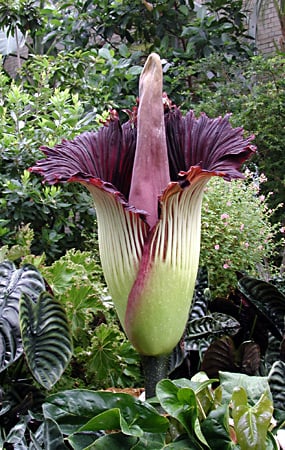
Source: Smithsonian Institute
Amorphophallus titanum translates literally to “giant misshapen phallus,” which is about the most accurate description one could give to this strange plant. Its common name is “titan arum,” but, like the Rafflesia arnoldii, it can be called “corpse plant” or “corpse flower” due to its fragrance of decomposing mammals.
The titan arum’s home is in the rainforests of Sumatra where it can grow to be over 10 feet tall. Its flowering is incredibly rare and unexpected, but when it blooms the stench is horribly overwhelming.
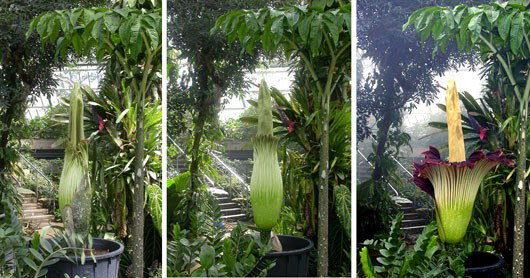
http://www.youtube.com/watch?v=AD75AA9m03E
Mimosa Pudica (The Shy Plant)
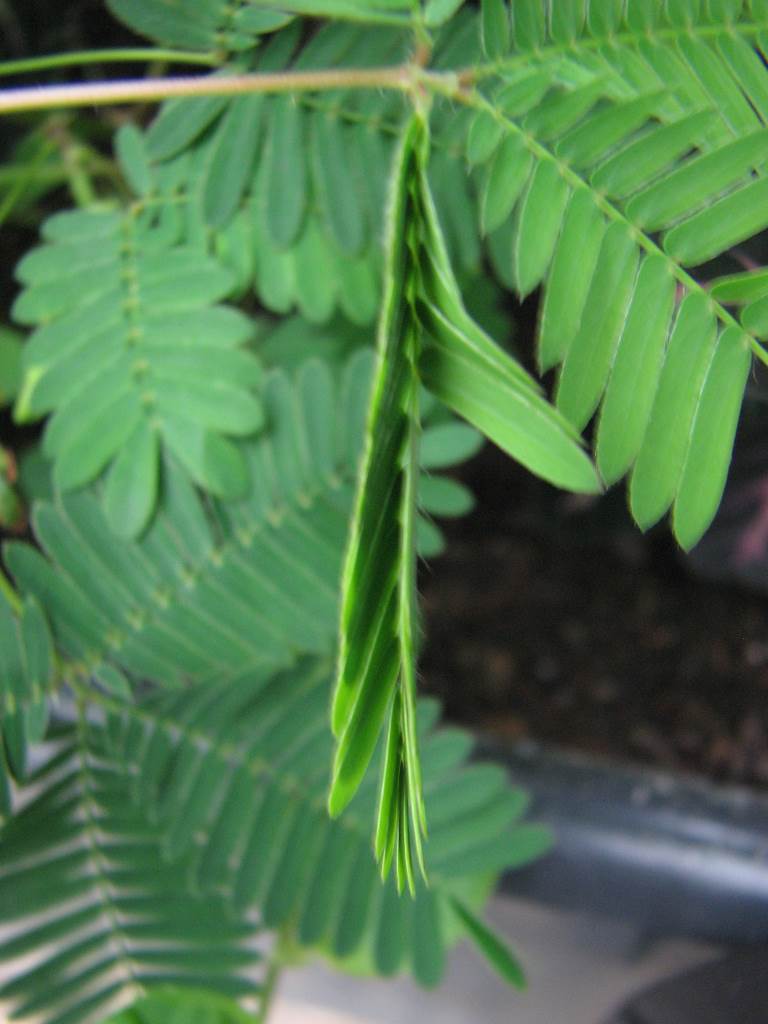
The Mimosa pudica, or shy/sensitive plant, is perhaps the cutest of all strange flora. Though only a weed found in South and Central America, this plant has grown in popularity in use by home gardeners worldwide due to its curious nature. When touched, the Mimosa pudica curls its leaves inward so as to protect itself, and moments later the leaves will unfurl.
The famous scientist Robert Hooke was the first to study the Mimosa pudica, and he believed the plants may have has nerves and tissues similar to those found in animals, but later studies proved the reactions to be caused by an internal movement of water.
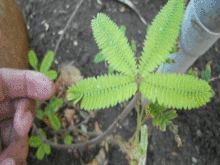
Via Wikimedia
Dionaea Muscipula (Venus Flytrap)
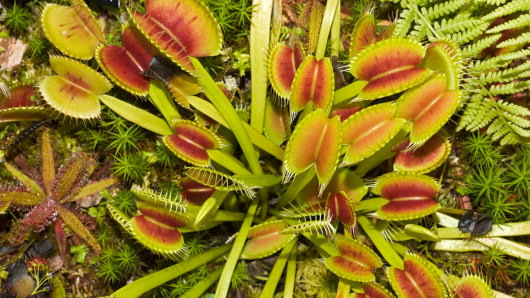
Many people are quite familiar with the Venus flytrap due to its popularity among children and its likelihood of being found in your local grocery store, but the Venus flytrap is more than a novelty. The idea of a carnivorous plant is frightening, and there are many different kinds in the world.
The Dionaea muscipula traps and “eats” insects and even small frogs, in its mouth-like leaves and will close even tighter if its prey struggles to break free. The plant then releases an enzyme that breaks down its meal, and once it is completely digested the leaves will open again, usually in a few days time.
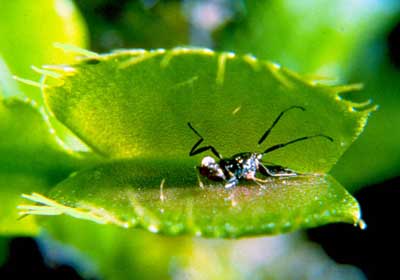
Brugmansia (Angel’s Trumpet, Devil’s Snare)
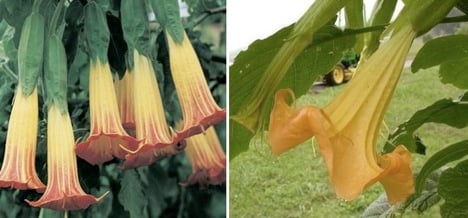
Found in the tropical regions of South America, Angel’s Trumpet seems like a perfectly lovely flower at first glance. If consumed, however, this flower can produce a deadly high. Brugmansia is an intense hallucinogen that, if consumed, can cause paralysis, confusion, tachycardia, dry mouth, diarrhea, migraine headaches, hallucinations, and death.
Historically, the plant was used by some South American cultures to discipline children as well as drug wives before they were buried alive with their dead husband.
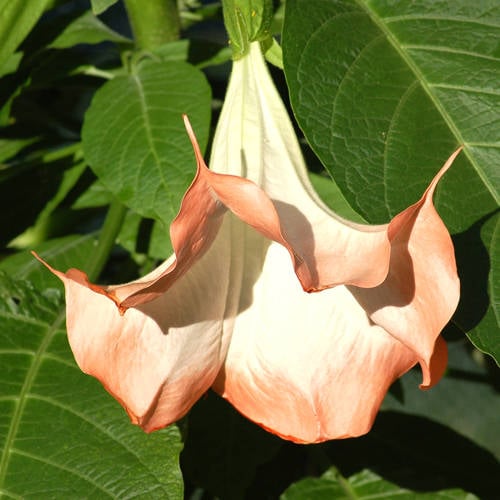
Source: About.com
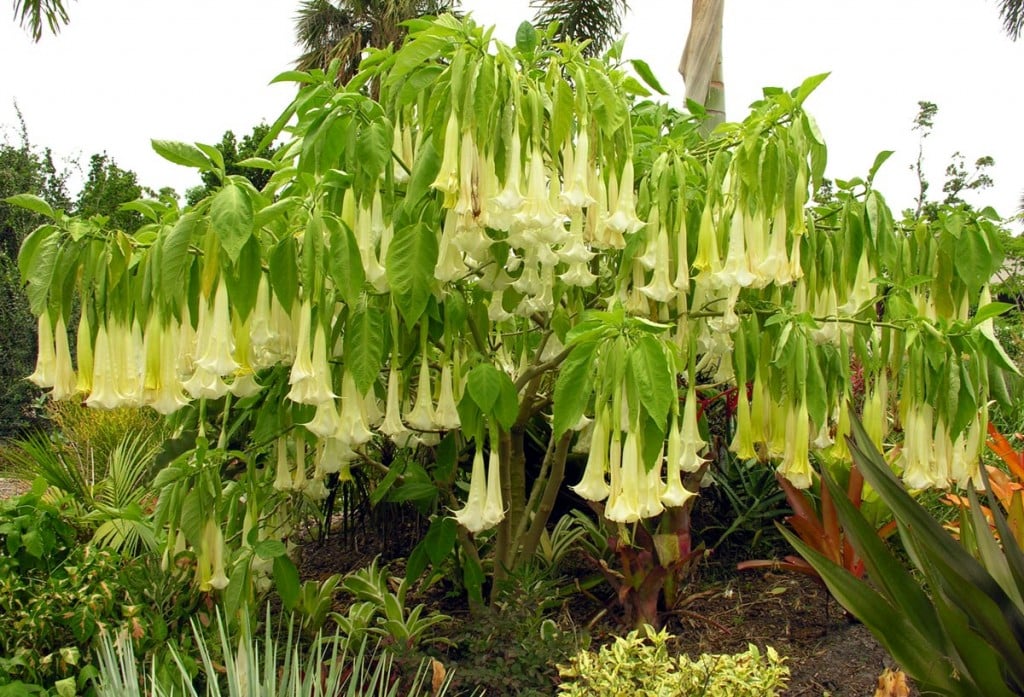
Source: Florida Gardener
If you enjoyed reading about nature’s peculiar plants, check out the world’s most peculiar gardens and the strangest plants. Finally, read up on some of Earth’s most fascinating carnivorous plants.





